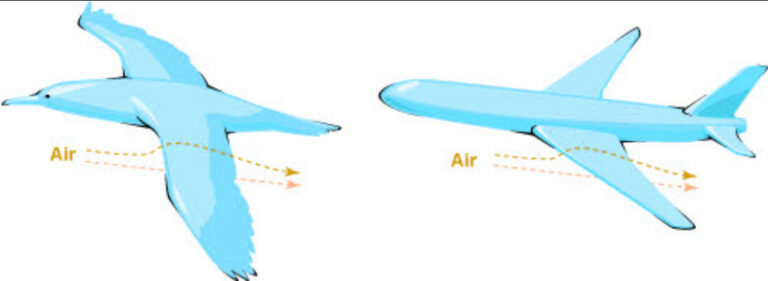Deciphering the expected secret – Python this.s in a one liner
The little easter egg of “import this” in Python is well known – it shows Zen of Python. Nice guideline of how to keep your code clean.
The Zen of Python, by Tim Peters
Beautiful is better than ugly.
pep 20, Tim Peters
Explicit is better than implicit.
Simple is better than complex.
Complex is better than complicated.
Flat is better than nested.
Sparse is better than dense.
Readability counts.
Special cases aren’t special enough to break the rules.
Although practicality beats purity.
Errors should never pass silently.
Unless explicitly silenced.
In the face of ambiguity, refuse the temptation to guess.
There should be one– and preferably only one –obvious way to do it.
Although that way may not be obvious at first unless you’re Dutch.
Now is better than never.
Although never is often better than right now.
If the implementation is hard to explain, it’s a bad idea.
If the implementation is easy to explain, it may be a good idea.
Namespaces are one honking great idea — let’s do more of those!
But the this package also has to variables: s and d. A String with some rubbish words and a dictionary wich maps letters to other letters.
Gur Mra bs Clguba, ol Gvz Crgref
Ornhgvshy vf orggre guna htyl.
Rkcyvpvg vf orggre guna vzcyvpvg.
Fvzcyr vf orggre guna pbzcyrk.
Pbzcyrk vf orggre guna pbzcyvpngrq.
Syng vf orggre guna arfgrq.
Fcnefr vf orggre guna qrafr.
Ernqnovyvgl pbhagf.
Fcrpvny pnfrf nera'g fcrpvny rabhtu gb oernx gur ehyrf.
Nygubhtu cenpgvpnyvgl orngf chevgl.
Reebef fubhyq arire cnff fvyragyl.
Hayrff rkcyvpvgyl fvyraprq.
Va gur snpr bs nzovthvgl, ershfr gur grzcgngvba gb thrff.
Gurer fubhyq or bar-- naq cersrenoyl bayl bar --boivbhf jnl gb qb vg.
Nygubhtu gung jnl znl abg or boivbhf ng svefg hayrff lbh'er Qhgpu.
Abj vf orggre guna arire.
Nygubhtu arire vf bsgra orggre guna *evtug* abj.
Vs gur vzcyrzragngvba vf uneq gb rkcynva, vg'f n onq vqrn.
Vs gur vzcyrzragngvba vf rnfl gb rkcynva, vg znl or n tbbq vqrn.
Anzrfcnprf ner bar ubaxvat terng vqrn -- yrg'f qb zber bs gubfr!{'A': 'N', 'B': 'O', 'C': 'P', 'D': 'Q', 'E': 'R', 'F': 'S', 'G': 'T', 'H': 'U', 'I': 'V', 'J': 'W', 'K': 'X', 'L': 'Y', 'M': 'Z', 'N': 'A', 'O': 'B', 'P': 'C', 'Q': 'D', 'R': 'E', 'S': 'F', 'T': 'G', 'U': 'H', 'V': 'I', 'W': 'J', 'X': 'K', 'Y': 'L', 'Z': 'M', 'a': 'n', 'b': 'o', 'c': 'p', 'd': 'q', 'e': 'r', 'f': 's', 'g': 't', 'h': 'u', 'i': 'v', 'j': 'w', 'k': 'x', 'l': 'y', 'm': 'z', 'n': 'a', 'o': 'b', 'p': 'c', 'q': 'd', 'r': 'e', 's': 'f', 't': 'g', 'u': 'h', 'v': 'i', 'w': 'j', 'x': 'k', 'y': 'l', 'z': 'm'}Deciphering the String and printing it:
The result is absolutely mindblo… I mean expected, but a nice little excercise.
import this
print(''.join(map(lambda s: this.d[s] if s in this.d else s, this.s)))The map function is used to apply a lambda to each character of the given String. In this case it is replaced with the character value in the dictionary if the key exists in it and if not it kept as is. The resulting map object is then converted to a String with the join method with no given separator.
import this
result = ''
for s in this.s:
if s in this.d:
result += this.d[s]
else:
result += s
print(result)This does the same and is a little more beginner friendly. A simple loop over the String, which is automatically an iterable in Python, and replacing it with the one in the dictionary, if the key exists, else keep it. Each character is added to the result String and after the loops is done, it is printed out.
import this
print(''.join([this.d[s] if s in this.d else s for s in this.s]))It is also possible to do this with a list comprehension as seen above. This iterates over the String, applies the code ‘this.d[s] if s in this.d else s’ to each character and returns a list. That list is then converted to a string with the join method with no given separator. But as we don’t need a list but just use the one line notation of a list comprehension and have to convert it back to a String, I expect the performance worse than the one liner using the map method.






